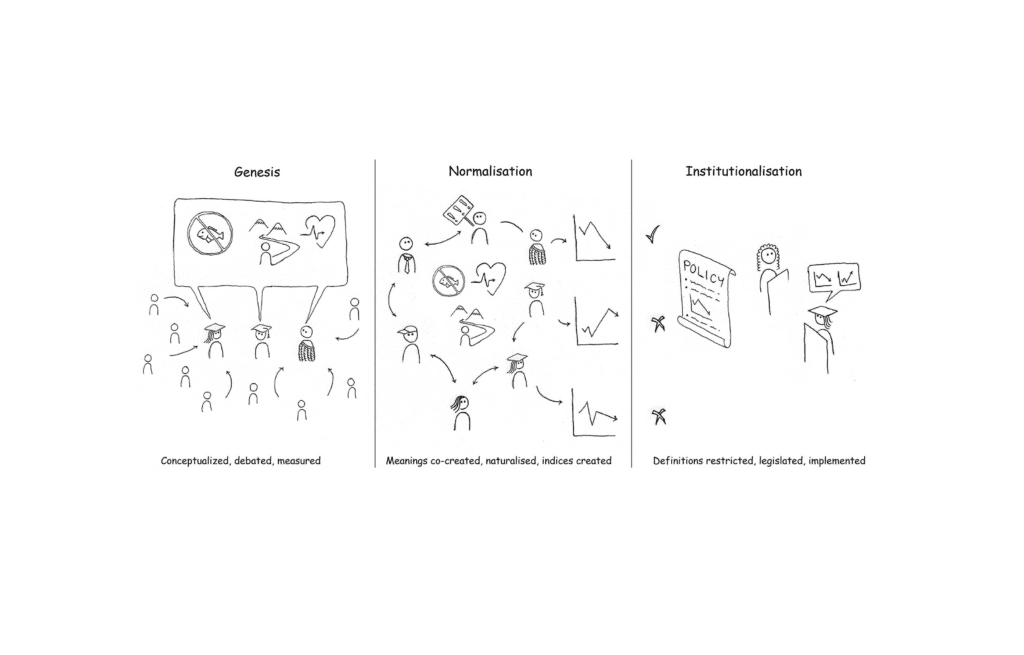
Multiple roles of scientists and experts in the genesis, normalisation, and institutionalisation of metaphors in environmental governance.
In environmental science and politics, metaphors are everywhere. Scientists might describe rivers, for example, as ecosystems, drains, or zombies, which possess metabolisms, nutrient budgets, or ill health, and contain things like food webs or invasive species. With the environment, as in life, we often use metaphors to turn something unfamiliar into something that we can relate to. This helps us to understand what is happening in the world, and decide what we should do about it.
In environmental studies, scholars have often looked at metaphors ‘on the page’. By looking at what a given metaphor includes or excludes in its definition, critical scholarship has illuminated how metaphors shape scientific understanding and environmental policy. Critical analysis has shown how metaphors could shape the world; however, there remains a need to look at metaphors ‘beyond the page’ to see how people actually wield these metaphors to change the world.
In this study we look at how people are using metaphors about freshwater to reshape freshwater politics in Aotearoa, New Zealand. In Aotearoa, scientists promoted the notion of ecosystem health to ensure that sediment and other attributes were included in freshwater management responsibilities. Indigenous Māori have used the legal personhood metaphor to advocate for new management arrangements and objectives for freshwater. In freshwater conservation, ideas about species invasiveness have been embedded in scientific tools used to shape decisions about how much flow to leave in the river.
Our analysis takes metaphor studies beyond the page to consider who is wielding metaphors and how different people try to shape the meanings of metaphors. We identify key roles that scientists play in promoting and shaping the meanings of metaphors at multiple phases in the life of a metaphor (see image). Scientists help to create and promote metaphors, they offer technical definitions and tools for interpreting metaphors, and they help to enshrine metaphors into institutions that shape the environment. Our paper provides an initial step toward placing metaphors in their social context, and illuminating the key roles that scientists play in the struggle over the meaning of metaphors.
